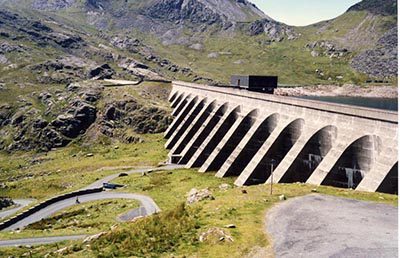
Land development firm says long term energy storage is ‘crucial’ for the net zero energy system of the future and keeping consumer bills lower
A morning programme at the final day of the Scottish Renewables Conference (3 September) – an online event this year – addressed the topic “System transformation: accelerating the rate of change”, and looked at the need for new energy infrastructure to support the greater quantity of renewables needed to reach net zero targets. It featured peakers from National Grid ESO, Scottish Power Renewables, RWE, the European Marine Centre and ILI Group.
Speaking at the conference, land investment firm ILI Group’s CEO Mark Wilson said, “The recent impact of the COVID-19 pandemic on the power system can be seen as an early warning of future threats to Net Zero and higher bills unless market design is changed to increase the amount of storage on the system.
“For example, during COVID, the ESO has made payments to curtail low carbon output so that gas plant can run to keep the system stable. Record high balancing payments of £718m have been made over the last 5 months. Pumped storage at scale could have reduced these costs and increased low carbon output.”
“We believe this is now the ideal time to make the market changes needed to incentivise long-term energy storage infrastructure projects such as pumped storage hydro and help propel the country into the green recovery the economy and the planet badly needs”
Simon Hamlyn, CEO for the British Hydro Association said, “There is a view that as the economy eventually opens up across the country, there may well be a conflict between boosting economic activity and encouraging a sustainable green agenda.
“But is there really such a conflict? pumped storage hydro demonstrates how both these elements can work together to mutually beneficial effect. These are large infrastructure projects essential for the long-term well-being of the UK economy and for future employment. At the same time, they will help meet both the UK and Scottish Governments’ green energy targets”
ILI Group are behind plans for a 450MW pumped storage hydro at Dores on the Shores of Loch Ness currently in planning with another 1.5GW of PSH to follow.
‘Long-duration’ energy storage can generate electricity or add demand to the grid for several hours at a time. This is normally in the form of hydro pump storage, whereas ‘short duration’ energy storage such as batteries generate for periods of around 1-2 hours.
In August Ofgem had announced in an open letter an investigation into the balancing costs of £718m, which where 39% higher than expected for the system operator.






